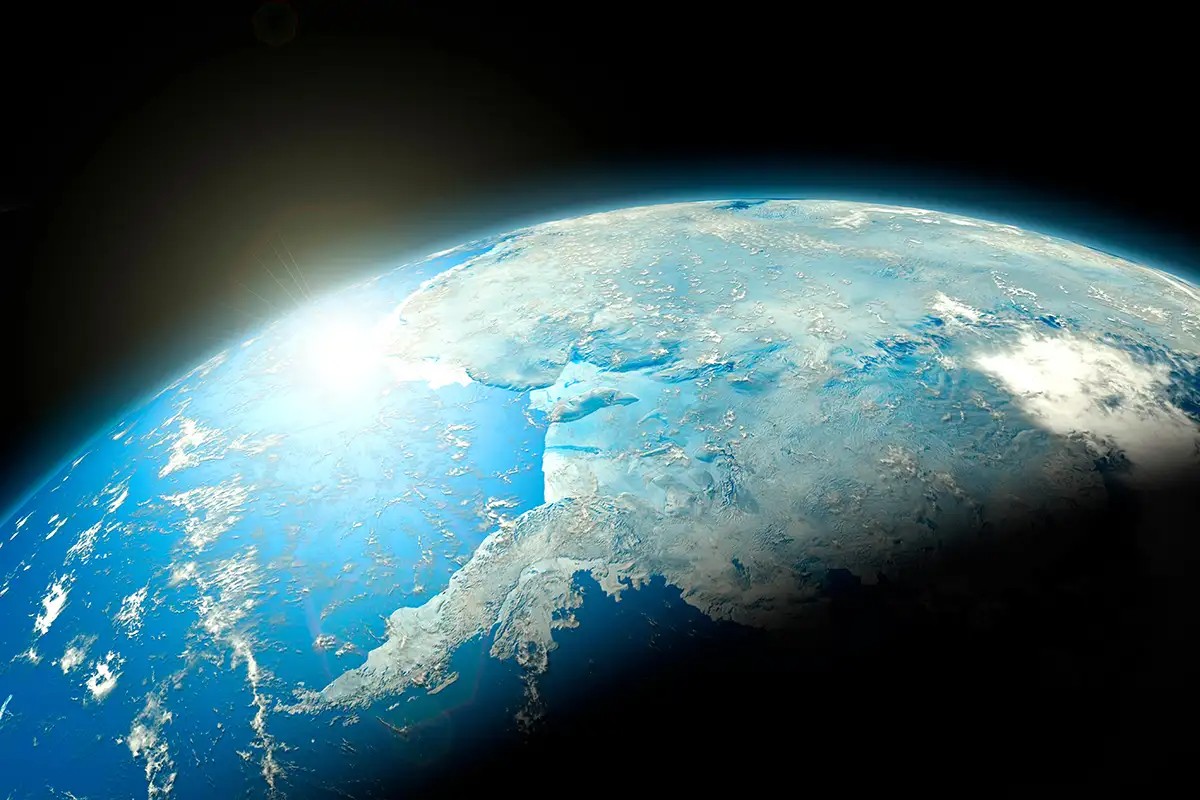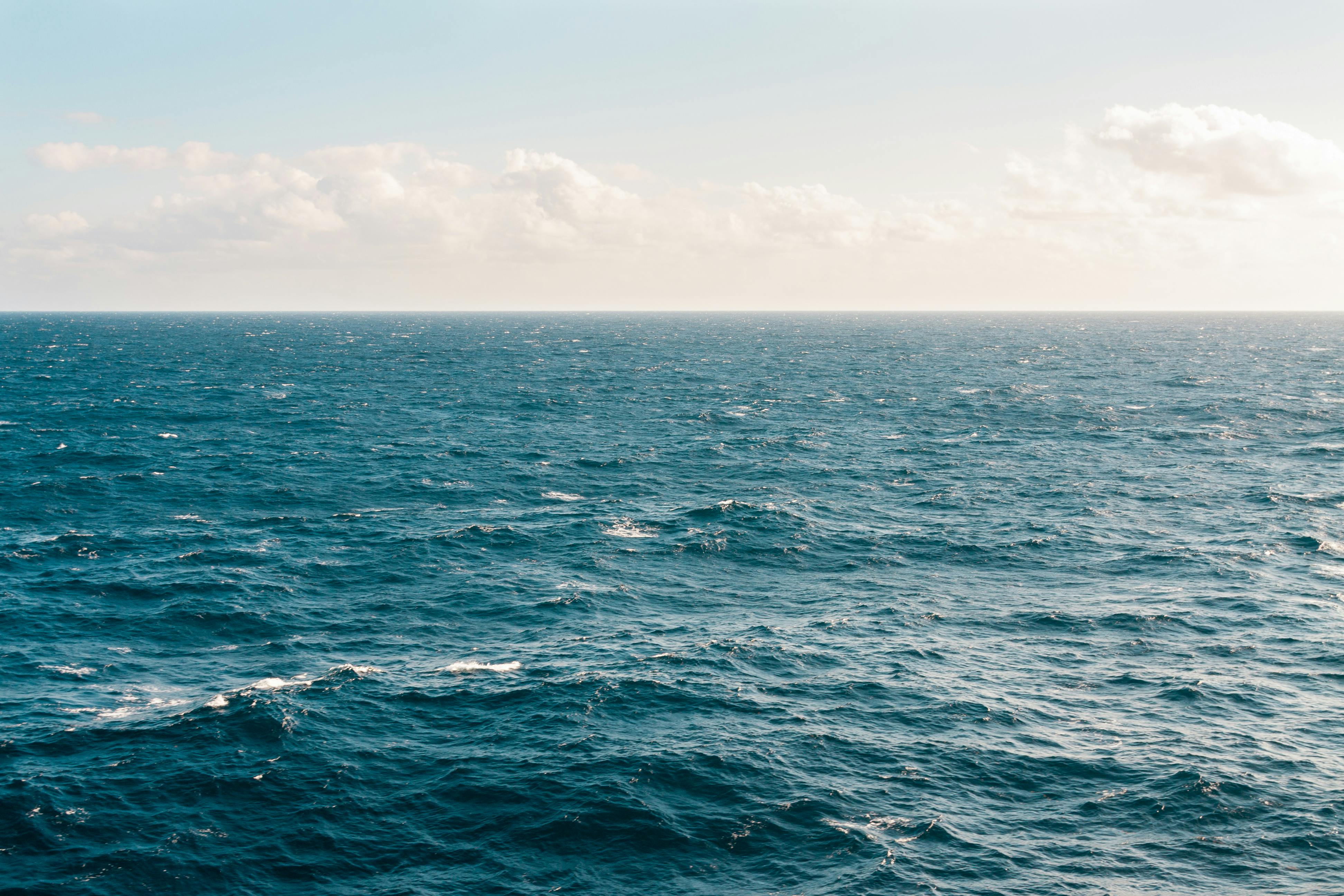- The increase in UV exposure prompted global action, culminating in the adoption of the Montreal Protocol in 1987. This environmental agreement aimed to phase out the production and consumption of ODS, thereby safeguarding the atmosphere.
September 16 every year is a day set aside by the United Nations to celebrate the International Day for the Preservation of the Ozone Layer. It is a day that serves as a reminder of its significance for human life and the ongoing need for climate action.
The ozone layer is a critical region of the Earth's stratosphere, plays a pivotal role in shielding our planet from harmful ultraviolet (UV) radiation emitted by the sun. Without this protective barrier, life as we know it would face catastrophic consequences. Increased UV radiation can lead to diminished crop yields, disrupt marine food chains, and heighten the risk of serious health issues, including melanoma, cancers, and eye cataracts.
From the 1970s to the 1990s, human activities significantly contributed to the depletion of the ozone layer through the emission of ozone-depleting substances (ODS). These chemicals were commonly found in products such as refrigerators, air conditioners, and fire extinguishers.
The increase in UV exposure prompted global action, culminating in the adoption of the Montreal Protocol in 1987. This environmental agreement aimed to phase out the production and consumption of ODS, thereby safeguarding the atmosphere.
The Montreal Protocol is a comprehensive treaty that regulates nearly 100 man-made chemicals responsible for ozone depletion. Had this agreement not been implemented, projections indicate that ozone depletion would have increased tenfold by 2050, posing an even greater threat to life on Earth.
Read More
Thanks to the collaborative efforts of nations around the world, the Montreal Protocol has been remarkably successful in restoring the ozone layer. In 1994, the United Nations designated September 16 as the International Day for the Preservation of the Ozone Layer.
Antonio Guterres, the UN Secretary-General, spoke on the occasion of World Ozone Day 2024, emphasizing the importance of continued global commitment: “On this World Ozone Day, let’s commit to making peace with our planet. Let’s commit to building on the success of the Montreal Protocol to show what international cooperation at its best can achieve.”
The impact of the treaty is profound, with millions of lives saved from the dangers associated with increased UV exposure, including skin cancers and eye conditions.
In her remarks regarding World Ozone Day, the Executive Director of the United Nations Environment Programme (UNEP), Ms Inger Andersen, highlighted the critical nature of the Montreal Protocol as a model of multilateralism: “The protocol epitomizes the unity of purpose that we need to combat global environmental challenges, and the work is not yet done.”
Under the Kigali Amendment to the protocol, countries are now working to reduce hydrofluorocarbons (HFCs), potent climate-warming gases.
Phasing down HFCs could potentially avoid up to 0.5 degrees of warming by 2100. Furthermore, using this transition to promote climate-friendly gases can enhance the energy efficiency of cooling equipment, doubling the positive impact.
“To deliver these gains, we need every nation to ratify and fully implement the Kigali Amendment,” she added. “We also need businesses to innovate on climate-friendly cooling products that can hit the markets quickly.”
The ozone layer is not just an environmental issue; it is a cornerstone for the health and sustainability of life on Earth.







